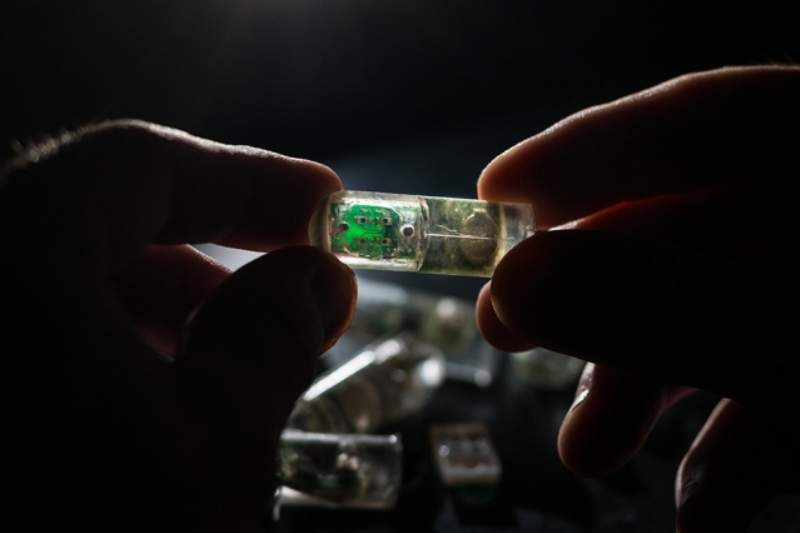
A team of researchers from the Massachusetts Institute of Technology (MIT) in the US has developed an ingestible sensor that features genetically engineered bacteria to diagnose bleeding in the stomach or other gastrointestinal (GI) problems.
The ‘bacteria-on-a-chip’ device combines sensors made from living cells with ultra-low-power electronics to convert the bacterial response into a wireless signal that can be read by a smartphone.
The newly developed sensors respond to heme, a component of blood, and have shown their ability to work in pigs.
The researchers have also designed sensors that can respond to a molecule, which is a marker of inflammation.
MIT biological engineering, electrical engineering and computer science associate professor Timothy Lu said: “By combining engineered biological sensors together with low-power wireless electronics, we can detect biological signals in the body and in near real-time, enabling new diagnostic capabilities for human health applications.”
As part of their research, the team used the bacteria previously engineered by synthetic biologists to respond to stimuli such as environmental pollutants or markers of disease.
How well do you really know your competitors?
Access the most comprehensive Company Profiles on the market, powered by GlobalData. Save hours of research. Gain competitive edge.

Thank you!
Your download email will arrive shortly
Not ready to buy yet? Download a free sample
We are confident about the unique quality of our Company Profiles. However, we want you to make the most beneficial decision for your business, so we offer a free sample that you can download by submitting the below form
By GlobalDataThese bacteria were combined with an electronic chip for translating the bacterial response into a wireless signal.
In order to focus the initial demonstration on bleeding in the GI tract, the researchers have created a probiotic strain of E. coli to express a genetic circuit that causes bacteria to release light when they encounter heme.
The researchers have also developed an Android app that can be used to evaluate the data provided by the new approach.
The sensor is a cylinder that is nearly 1.5 inches long and consumes about 13 microwatts of power.
It is also equipped with a 2.7v battery, which is estimated to power the device for about 1.5 months of continuous use.
The ingestible sensor was tested in pigs as part of the research to demonstrate its capability to correctly determine whether any blood was present in the stomach.
The research received funding from Texas Instruments, Hong Kong Innovation and Technology Fund, Office of Naval Research, National Science Foundation, Center for Microbiome Informatics and Therapeutics, among others.



